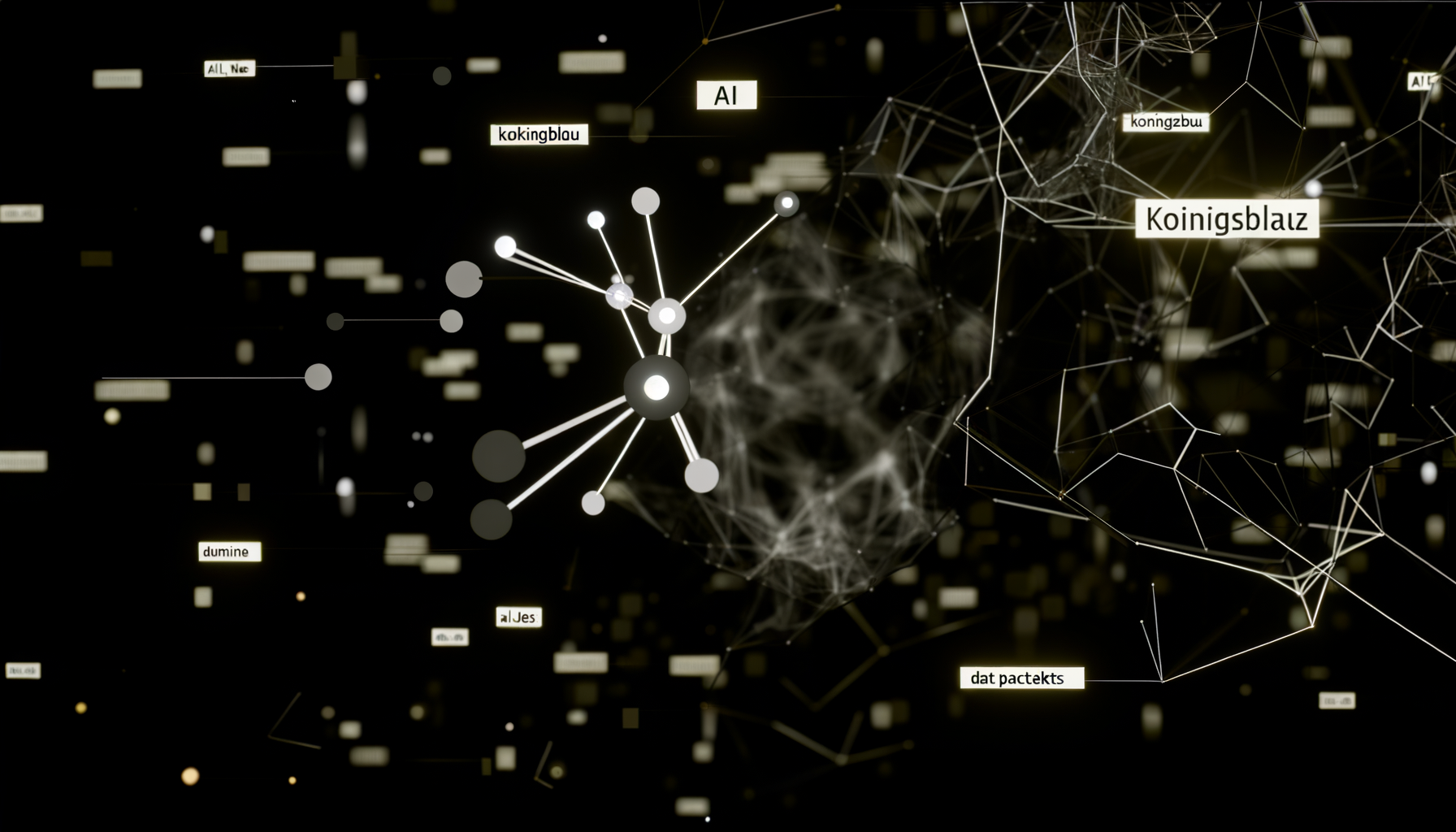Your AI infrastructure just became a house of cards, and the wind is picking up—nexos.ai’s launch reveals the hidden cost of convenience nobody’s calculating yet.
The Orchestration Gold Rush
January 2025 marks a watershed moment in enterprise AI infrastructure. nexos.ai’s launch of an orchestration platform managing 200+ models from OpenAI, Anthropic, Google, and Meta isn’t just another product announcement—it’s the beginning of a fundamental shift in how enterprises consume AI services.
The pitch is seductive: unified model management, smart routing, load balancing, cost optimization through caching, and enterprise-grade security. Everything your CTO dreams about when managing the chaos of multi-model deployments. But here’s what the press releases won’t tell you: we’re witnessing the birth of a new category of vendor lock-in that makes traditional software dependencies look quaint.
The Architecture Trap
Think about your current AI infrastructure. You’ve spent months, maybe years, building direct integrations with multiple model providers. You’ve crafted failover mechanisms, implemented custom routing logic, and developed proprietary optimization strategies. Now, platforms like nexos.ai promise to abstract all that complexity away.
The appeal is undeniable. Instead of maintaining dozens of API integrations, monitoring multiple SLAs, and juggling different authentication mechanisms, you get a single interface. One throat to choke, as enterprise architects like to say. But that’s precisely the problem—when that throat closes, your entire AI operation suffocates.
“The convenience of orchestration platforms masks a dangerous truth: you’re not just outsourcing complexity, you’re outsourcing control over your AI infrastructure’s most critical layer.”
The Dependency Cascade
Let me paint you a picture of what happens when orchestration becomes your single point of failure:
Scenario 1: The Platform Goes Down
Unlike direct model API failures where you can failover to alternatives, an orchestration platform outage means total darkness. Your carefully designed multi-model strategy becomes worthless when the layer managing all those models disappears. The irony? You still have access to all those models individually, but your applications no longer know how to reach them.
Scenario 2: The Pricing Pivot
Remember when AWS suddenly changed Reserved Instance pricing? Now imagine that happening to the layer that controls all your AI model access. Orchestration platforms start with aggressive pricing to gain market share. But once you’re dependent? Once your entire application architecture assumes their existence? That’s when the real pricing begins.
Scenario 3: The Feature Deprecation
Your applications depend on specific routing logic, caching strategies, or security features. The platform decides to “modernize” and deprecates the exact features your architecture requires. With direct model integration, you control the feature set. With orchestration platforms, you’re a passenger on someone else’s roadmap.
The Hidden Costs Nobody Calculates
- Migration Complexity: Moving between orchestration platforms isn’t like switching cloud providers. It’s architectural surgery that touches every AI-powered feature in your stack.
- Performance Overhead: Every orchestration layer adds latency. In high-frequency trading or real-time applications, those milliseconds compound into competitive disadvantages.
- Debugging Nightmares: When model responses don’t match expectations, is it the model, the orchestration layer’s routing, caching gone wrong, or your application? Good luck untangling that in production.
- Compliance Complications: Your data now flows through another vendor’s infrastructure. Every security audit, every compliance certification becomes exponentially more complex.
The Vendor Lock-In Evolution
We’ve seen this movie before, but the stakes have never been higher. Traditional vendor lock-in meant your CRM data was stuck in Salesforce or your compute was tied to AWS. Annoying? Yes. Business-ending? Rarely.
AI orchestration lock-in is different. It’s not about data portability or compute resources—it’s about the real-time decision-making layer that powers your products. When that layer becomes unavailable or unaffordable, your AI features don’t degrade gracefully; they cease to exist.
The Industry Rush
The timing of these launches isn’t coincidental. UiPath’s enterprise-grade agentic automation platform and Accenture’s AI Refinery with 12 industry-specific solutions signal a gold rush in AI infrastructure plays.
Every major consultancy and software vendor sees the opportunity: become the indispensable layer between enterprises and AI models. Control the flow, control the future. It’s a brilliant business model—for them.
The Architectural Alternatives
So what’s an enterprise architect to do? Ignore the orchestration revolution and maintain brittle direct integrations? Not quite. The key is understanding the difference between using orchestration platforms and depending on them.
Strategy 1: The Hybrid Approach
Use orchestration platforms for non-critical workloads while maintaining direct integrations for core features. Yes, it’s more complex. Yes, it costs more. But when the orchestration layer inevitably has issues, your business keeps running.
Strategy 2: The Abstraction Layer
Build your own thin orchestration layer that can use platforms like nexos.ai as one of multiple backends. This isn’t about recreating their features—it’s about maintaining the ability to switch providers or fall back to direct integrations.
Strategy 3: The Multi-Orchestrator Strategy
Just as you wouldn’t rely on a single cloud provider, don’t rely on a single orchestration platform. Split your workloads across multiple platforms. The complexity multiplies, but so does your resilience.
The Questions Nobody’s Asking
- What happens to your competitive advantage when every enterprise uses the same orchestration platform with the same optimization strategies?
- How do you maintain model diversity when orchestration platforms inevitably play favorites with certain providers?
- Who owns the optimizations and learnings generated by routing decisions—you or the platform?
- What’s your recovery time objective when the orchestration layer fails, and have you actually tested it?
- How do you prevent orchestration platforms from becoming the new middleware—expensive, rigid, and impossible to remove?
The Path Forward
Orchestration platforms aren’t inherently evil. They solve real problems and can accelerate AI adoption. But treating them as magic bullets rather than what they are—another vendor dependency with unique risks—is architectural malpractice.
The enterprises that will thrive in the AI era won’t be those with the most sophisticated orchestration platforms. They’ll be the ones that maintain optionality, understand their dependencies, and never forget that convenience today can become catastrophe tomorrow.
As you evaluate platforms like nexos.ai, ask yourself: Are you adopting a tool or accepting a new master? The difference might seem subtle now, but when the bill comes due—and it always does—that distinction will determine whether your AI strategy survives or suffocates.
The most dangerous dependencies are the ones that feel like liberations—and AI orchestration platforms might just be the most seductive trap enterprise IT has ever faced.





